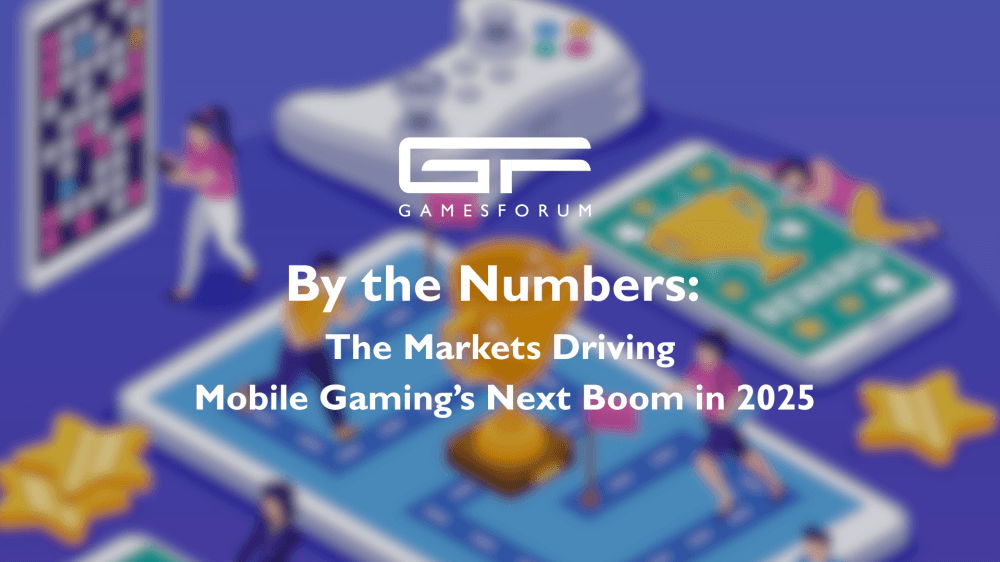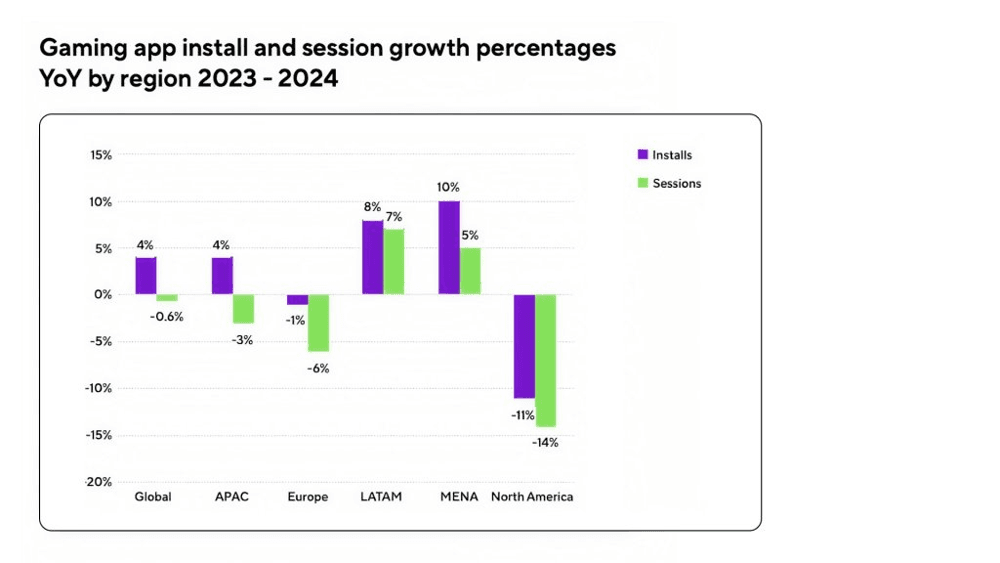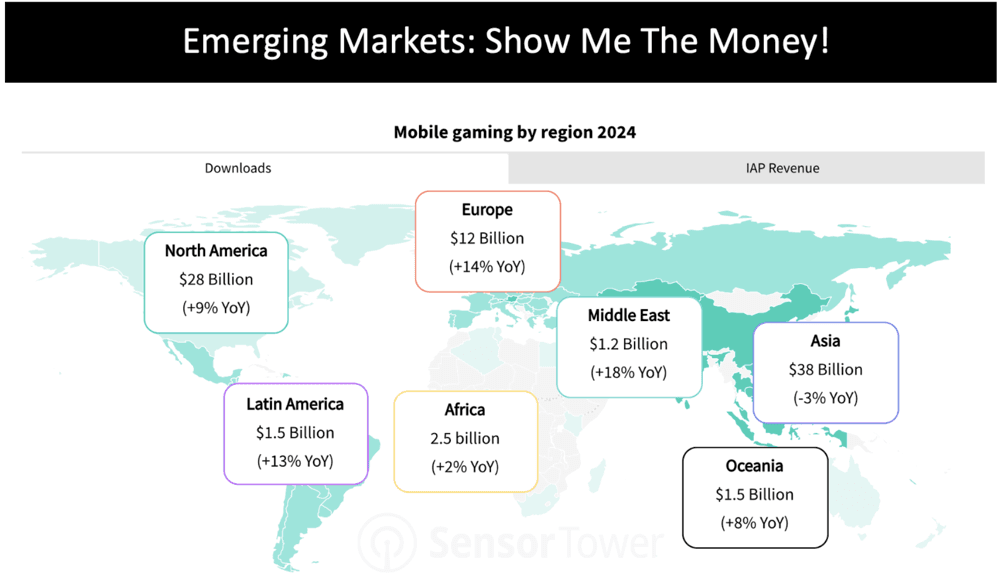
I’ve covered mobile long enough to sit through more “console-quality on your phone” promises than I can count. 2025 feels different-not because the marketing changed, but because the games and tech finally did. Between Snapdragon 8-series/A18-class chips, 120Hz screens, and legit cross-progression ecosystems, mobile isn’t just killing time in a queue anymore. It’s a platform you plan sessions around. Here’s the no-BS breakdown of the 10 trends shaping how we’ll actually play this year.
We’ve reached the point where phones push visuals that used to require a mid-tier console. The catch: touch-first design still makes or breaks the experience. Games like Genshin Impact, Wuthering Waves, and Warzone Mobile prove you can deliver lush worlds and solid framerates if you respect the input reality-responsive touch layouts, optional gyro, and full controller support. On the flip side, straight ports that cram tiny UI into smaller screens are still a hard pass. Pro tip: if a game supports 120fps and proper controller remapping, it likely respects your time (and thumbs).
Narrative-driven and Soulslike-flavored action RPGs aren’t a novelty anymore. We’ve had Pascal’s Wager and Grimvalor laying groundwork for years; 2025’s crop leans into checkpoint-friendly level design, readable telegraphs, and one-thumb menus that don’t neuter the difficulty. Expect more controller-native experiences and premium-lite models (think a fair base price with DLC, not loot boxes). If you crave crunchy combat on mobile, there’s finally a steady pipeline.
We’re seeing a genuine pivot to hybrid monetization that doesn’t feel predatory. The best examples run cosmetic-only passes, transparent pity systems for gacha (where they still exist), and generous event rotations. Live-ops puzzle kings like Royal Match and Candy Crush have quietly built “season” structures that respect daily play without hard paywalls. Also worth calling out: Apple Arcade and Netflix Games remain the cleanest way to sample premium-style mobile with no ads or IAP noise. If a game’s store tab is a maze of currencies, move on—there are better options now.

Mobile esports isn’t waiting for validation anymore. Teamfight Tactics, Brawl Stars, Clash Royale, PUBG Mobile, Mobile Legends, and the global rollout of Honor of Kings keep competitive calendars stacked with balance patches that actually land. The secret sauce is readability and input precision—top games keep actions tight and visual noise low. If you want to climb, grab a controller clip or learn gyro aim, and turn on frame cap + 120Hz where possible. It matters.
Pokémon GO is still the blueprint, and Monster Hunter Now proved the loop has legs beyond Pikachu. The flashy mixed-reality demos rarely translate to daily play, but seasonal events, raid nights, and social bonuses keep AR sticky for people who want a reason to move. Just don’t expect AR to replace traditional mobile sessions—it’s a complement, not the core.

While the charts are dominated by live-service giants, mobile remains a fantastic home for weird, wonderful ideas. Premium-leaning indies—think Monument Valley-style artistry, card roguelikes like Slay the Spire, and short-session gems like Vampire Survivors—thrive because the format fits. In 2025, expect more one-hand-friendly experiments and tight, replayable loops. If you’re burned out on battle passes, this is your palate cleanser.
Cloud gaming finally works if your connection does—5G or Wi‑Fi 6/6E with low latency is the difference between buttery and busted. But here’s the important distinction: cross-progression is more valuable than cross-play on mobile. Sharing your account, battle pass, and unlocks across devices (see Warzone Mobile with MW3/Warzone, or Genshin across PC/mobile/console) respects your time. Be wary of blanket claims about cross-play; Call of Duty: Mobile, for example, doesn’t match you with console/PC lobbies. Always check the fine print: is it cross-play, cross-progression, or both?
Puzzle and casual titles have quietly morphed into deep live-services with layered goals, limited-time events, and meta progression that scratches the same itch as action RPGs—minus the finger gymnastics. Gardenscapes-style hybrids, city builders, and idle games now demand real planning and resource management. If you write off “casual” in 2025, you’re missing some of the most refined game design on the platform.

The best mobile titles now launch with remappable controls, colorblind and text-size options, haptic/audio cues, and one-handed modes. System-level tools—iOS AssistiveTouch, Android’s Game Dashboard—fill gaps when devs don’t. This isn’t just good ethics; it’s good design. The more people who can play, the healthier the game’s community and balance over time.
Mobile in 2025 finally delivers on its big promises—when developers design for the device and respect players’ time. Chase cross-progression, fair monetization, and games that feel great on touch or controller, and skip anything coasting on buzzwords. The pocket is powerful now; choose wisely and it’ll play like a console.
Get access to exclusive strategies, hidden tips, and pro-level insights that we don't share publicly.
Ultimate Gaming Strategy Guide + Weekly Pro Tips